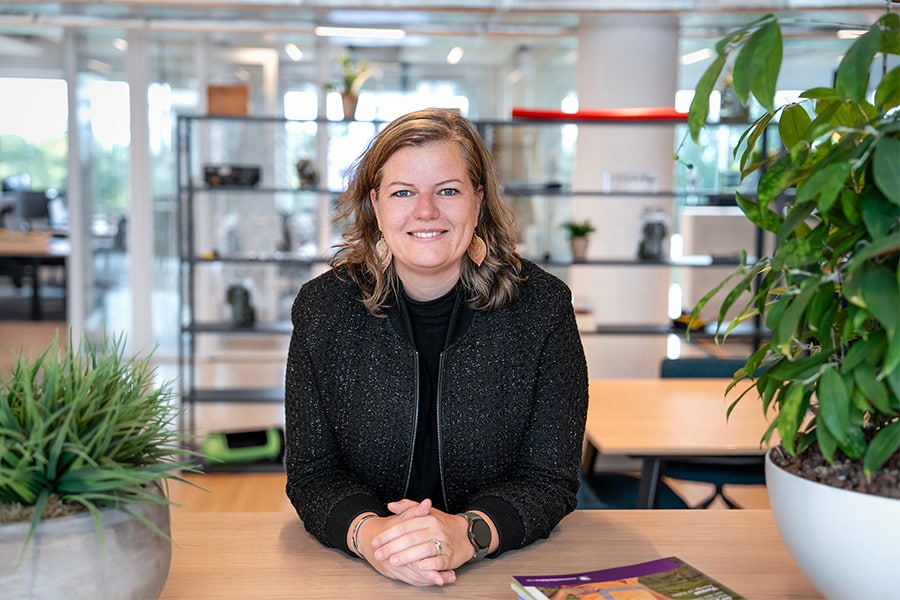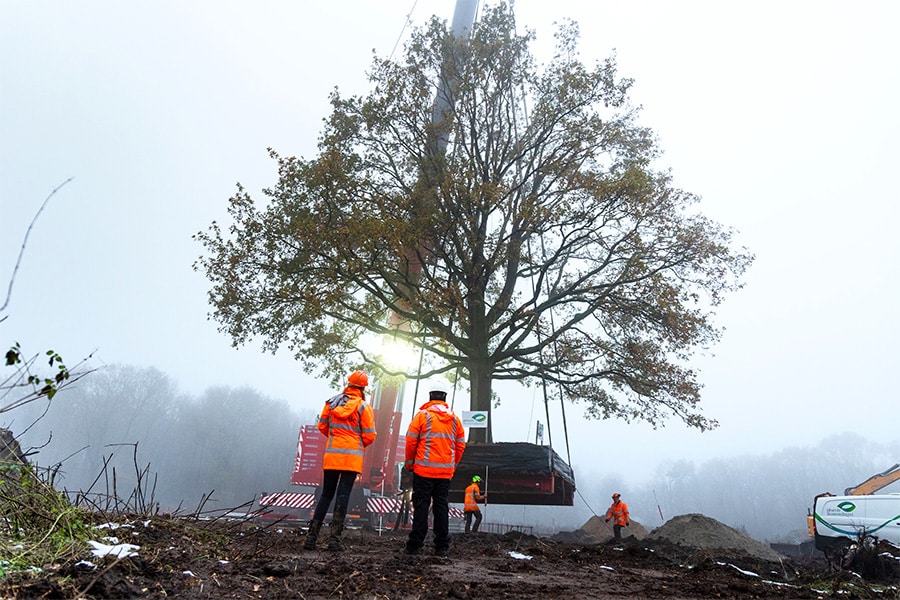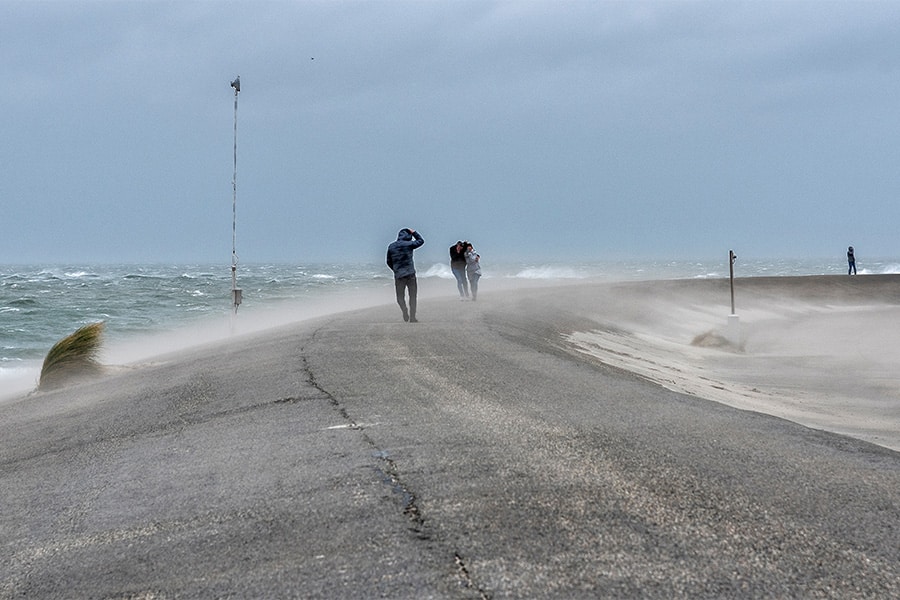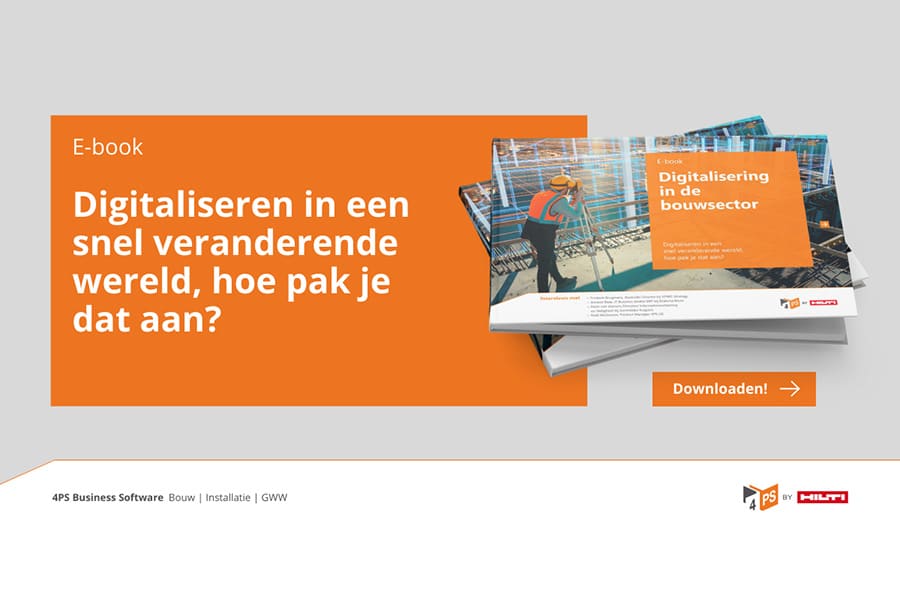
More than 30 years of cooperation in tunnel technical field
For Robin Gerrets (Witteveen+Bos) and Guido Lahaije (Royal HaskoningDHV), tunnels no longer hold any secrets. The companies for which the gentlemen work are in a partnership called Tunnel Engineering Consultants (TEC), an alliance that has lasted for more than 30 years. The City of Amsterdam uses TEC's services for engineering and design within the Aanpak Wegtunnels Amsterdam (AWA) program. We speak to Robin and Guido about the unique 'Amsterdam standard' which, entirely within the framework of tunnel legislation, ensures a special approach.
Broad-based knowledge and expertise
"Our parent companies reinforce each other in expertise within TEC," Guido begins. "TEC's expertise once started with immersion tunnels, but is now so broad that we are in demand worldwide for tunnel projects." Robin adds: "We therefore offer all types of engineering services around tunnels. Within the AWA program, all installations are replaced and we deal with ancillary issues, such as traffic safety, flora and fauna surveys, geotechnical engineering and all common structural issues. We check whether the tunnels still comply with current legislation and check whether the calculations made at the time are still correct, for example where leakage is concerned. Every tunnel naturally leaks, but is this still within today's requirements? Such things we want to have on paper."
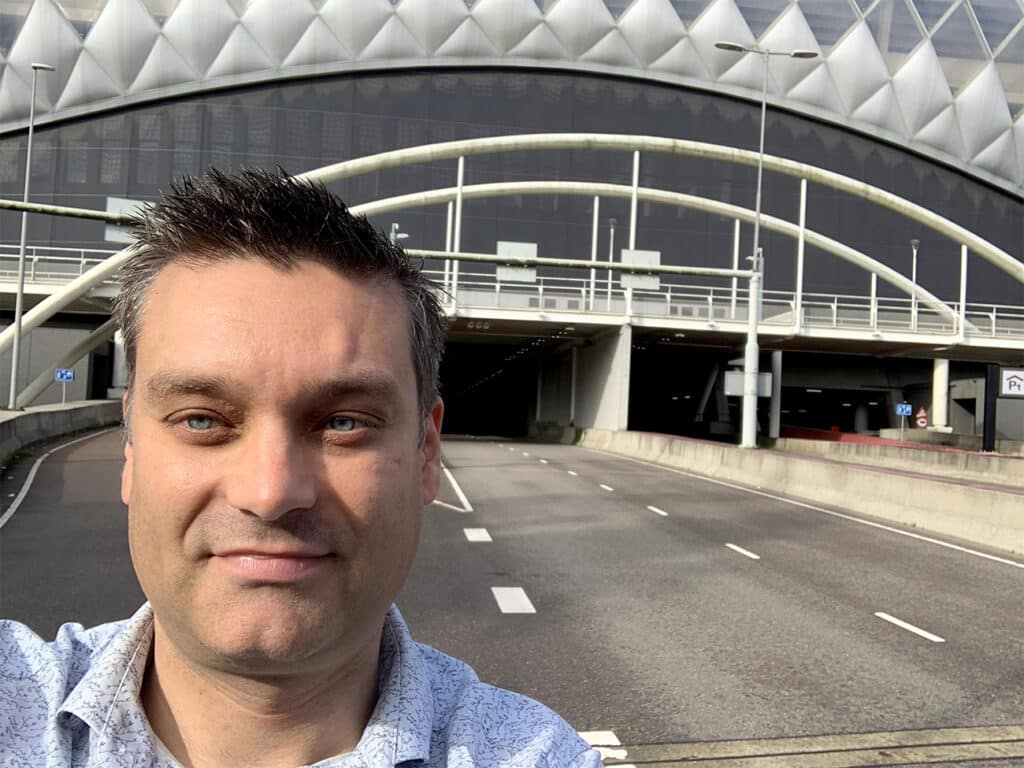
AWA is also really 'typically Amsterdam'
Robin explains how the work within the AWA program relates to each other: "40% of the work revolves around the tunnel technical installations, i.e. everything with a wire, 20% is about the behavior of installations, 20% is about setting up BIM registration with the associated issues such as 3D visualization and simulation, and 20% contains the 'other work' category. This division is 'typically Amsterdam' and stems from the idea that the City of Amsterdam has within AWA to arrive at a blueprint applicable to all Amsterdam tunnels. The creation of this blueprint was synchronized with the work for the Piet Hein tunnel, with what we learned from the Piet Hein tunnel we are now applying the blueprint for the first time and perfecting it further at the ArenaTunnel."
Guido explains that a standard for control, management and maintenance is being worked on. "For that reason, we are also involved in making the design for the new traffic control center, from which all of Amsterdam's tunnels will be controlled. That too is right up TEC's alley; we can put our full expertise into it." Robin asks the rhetorical question of why Amsterdam wants its own standard: "We do look at what Rijkswaterstaat has devised and prescribes. However, a tunnel in an urban area is not a one-to-one copy of a tunnel in a highway. A huge number of other factors come into play, including different traffic behavior. We include everything in the Amsterdam standard, comply fully with national tunnel legislation and we guard this local standard by switching very broadly within AWA."
Also, guidance on the digital process
The advantage for the City of Amsterdam created by the cooperation with TEC is that only one point of contact is needed for all tunnels. "Our advantage is that our staff can go from tunnel to tunnel," Robin outlines. "We can safely say after 2 years of working like this that it is a success. There is a good eye for each other's interests." TEC also supervises the digital side of the design process. This includes BIM, 3D visualizations and the delivery of digital twins, virtual tunnels used for design, testing, monitoring and training. "Investing upfront ensures a better end product, prevents failure costs and makes data more reliable and accessible," Guido said.
In conclusion, the gentlemen tip their hats to the open, transparent and innovative approach of the municipality of Amsterdam. "That also makes room for challenging each other with critical questions, always good for useful discussions," concludes Guido.
